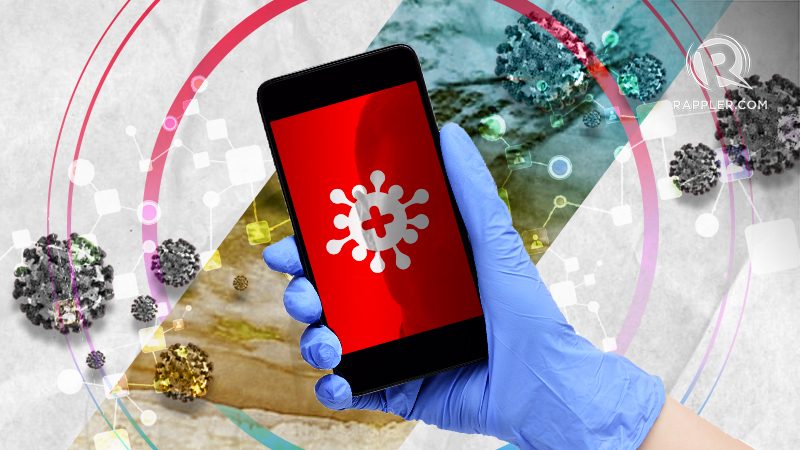SUMMARY
This is AI generated summarization, which may have errors. For context, always refer to the full article.

Battling the coronavirus pandemic requires a measured and thoughtful response from the government and private sector, usually working together in this case to get things going.
As part of their many initiatives to get ahead of the virus, technology companies are now working on contact tracing applications to help figure out if an infected person has been near a group of people or a specific location.
Building a digital map of interactions of people or, at least, of the tech they carry, may be a good way to establish better leads as to how the coronavirus spreads. At the same time, it can also be worrisome for a number of reasons.
Let’s discuss contact tracing apps today, and how using technology to track a pandemic’s spread virtually can cause people to worry if the tech is being used properly.
What is contact tracing via an app?
Contact tracing via an app is defined simply enough. People download an app on the device they commonly use and carry with them. If a person has the coronavirus or suspects they have it, they can self-report using the application.
Using bluetooth wireless signals, it would then “tell” other phones using the application if that phone’s user has been in close proximity to a potential coronavirus patient within a given timeframe, allowing them to self-report on the app and seek medical attention as well.
The specifics will likely depend on the group making the app, but Apple and Google are working towards a joint system where the contact tracing app would work and track phones on either operating system.
Ideally, such a system could replace manual contact tracing, in which a patient is interviewed to get more information on where they’ve been, when they went there, and with whom they’ve interacted.
Needing mass adoption
Problem number one with a unified contact tracing application is the requirement that a critical mass of adoption of the contact tracing system has to happen first.
This means a significant enough number of people must download the application and understand how to use it, and report their status accordingly. They must also adopt the right mindset and activate the self-reporting system only when it’s needed to avoid malicious false reports.
This is a system of reporting that assumes you’re a technological have versus a have-not.
If you’re not a smartphone user or don’t know how to use a smartphone app – and this means older people may have trouble getting on board – you’re out of luck.
Privacy issues
There are also some schools of thought regarding how to make the most out of a contact tracing system. Do you sacrifice some freedoms to get a contact tracing system out quickly and effectively and manage cases, or do you work with established boundaries of data privacy laws in order to protect the people’s interests as well as the state’s?
In one potential scenario, the contact tracing system reports cases to the government without any anonymization or data privacy enacted. In another, the government respects data privacy laws and works with anonymized data to determine if a potential COVID-19 patient has been in a given location.
Depending on where you are in the world, one or the other will apply. The European Commission, for example, is working towards creating a contact tracing system that respects European data privacy laws.
Specifically, that plan means working towards “gathering harmonized data and developing a robust system of reporting and contact tracing, including with digital tools that fully respect data privacy.” I’m really wishing this goes well and serves as a good model to follow.
Additionally, I’m hoping the Philippines is working towards a privacy-friendly version of a contact tracing system, but this sort of leads to the last point.
The lack of a definitive plan
This list of coronavirus contact tracing apps in the Philippines, while heartening to note, is also a point of frustration for me. There’s no one exact app that the country can use for the purpose of contact tracing the coronavirus.
The lack of a definitive action plan from the government is forcing tech groups to operate on their own, rather than having tech groups working towards one unified system that can get the job done for everyone in the country.
You can’t expect a country’s worth of critical mass adoption to occur if there’s no system in place, and you can’t expect a countrywide system in place, if there’s no plan.
Contact tracing is an important step towards flattening the curve, and helping to spread out the run of the disease over time rather than creating a flurry of cases all at once. That said, it should take into account the above issues if it hopes to make a dent against the coronavirus in this country, at least. – Rappler.com
Add a comment
How does this make you feel?
There are no comments yet. Add your comment to start the conversation.